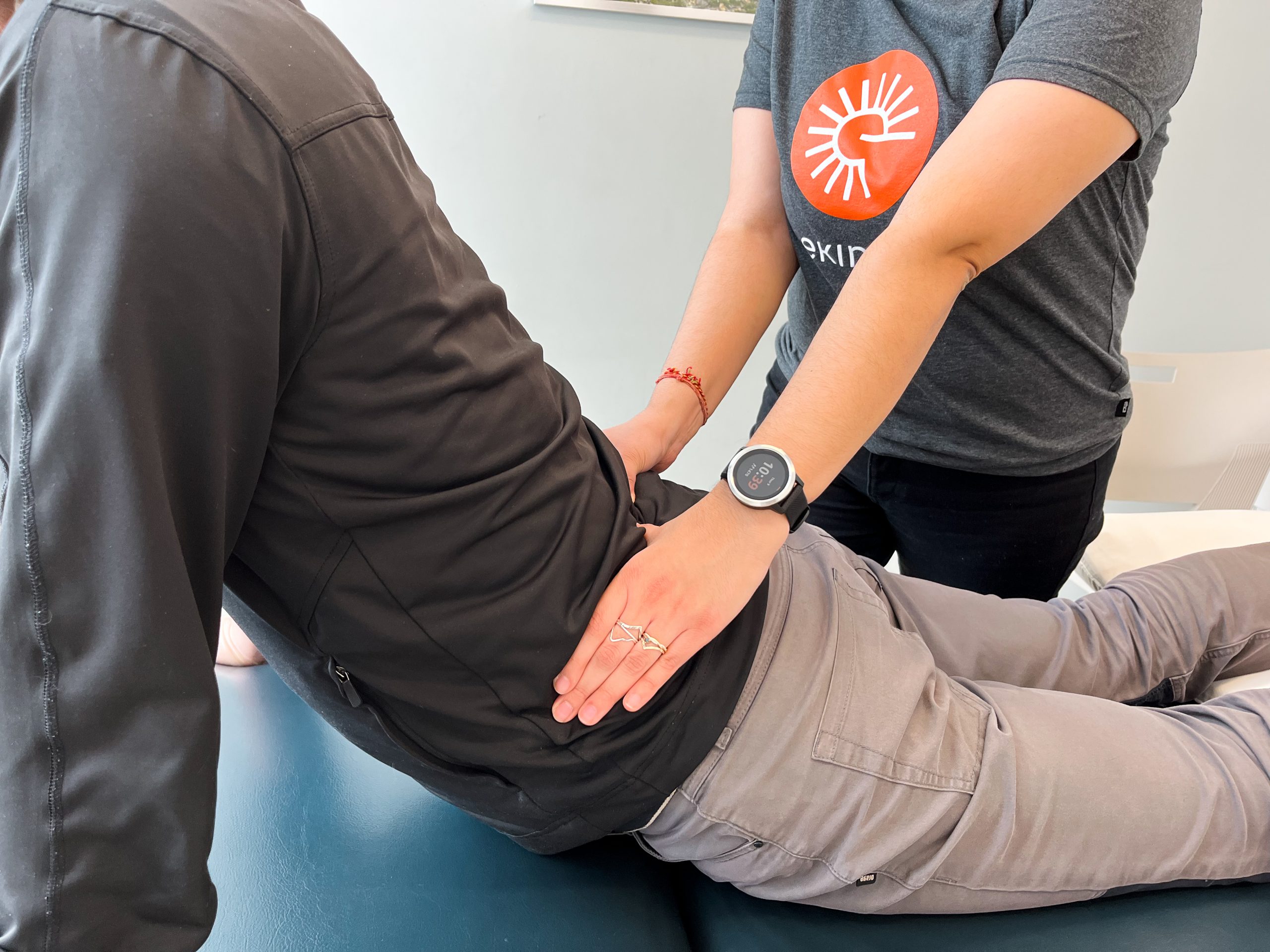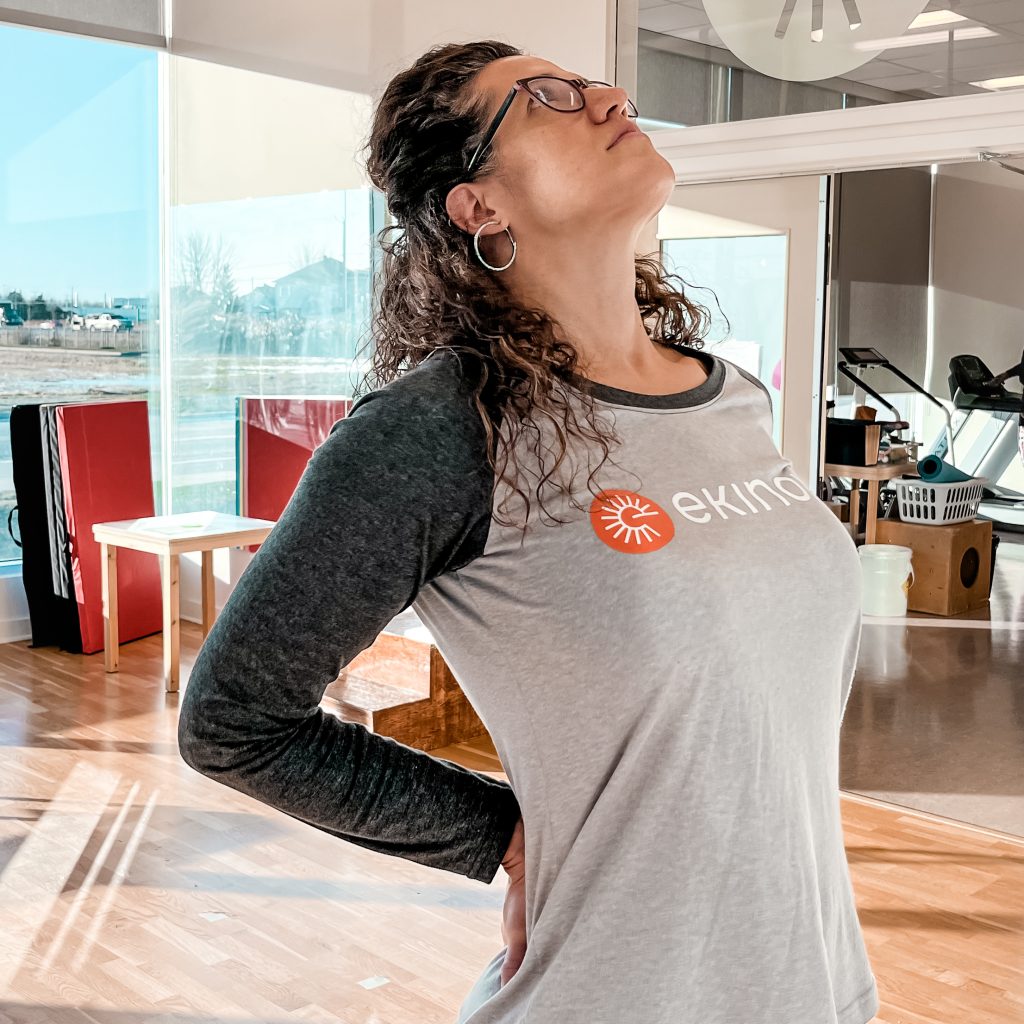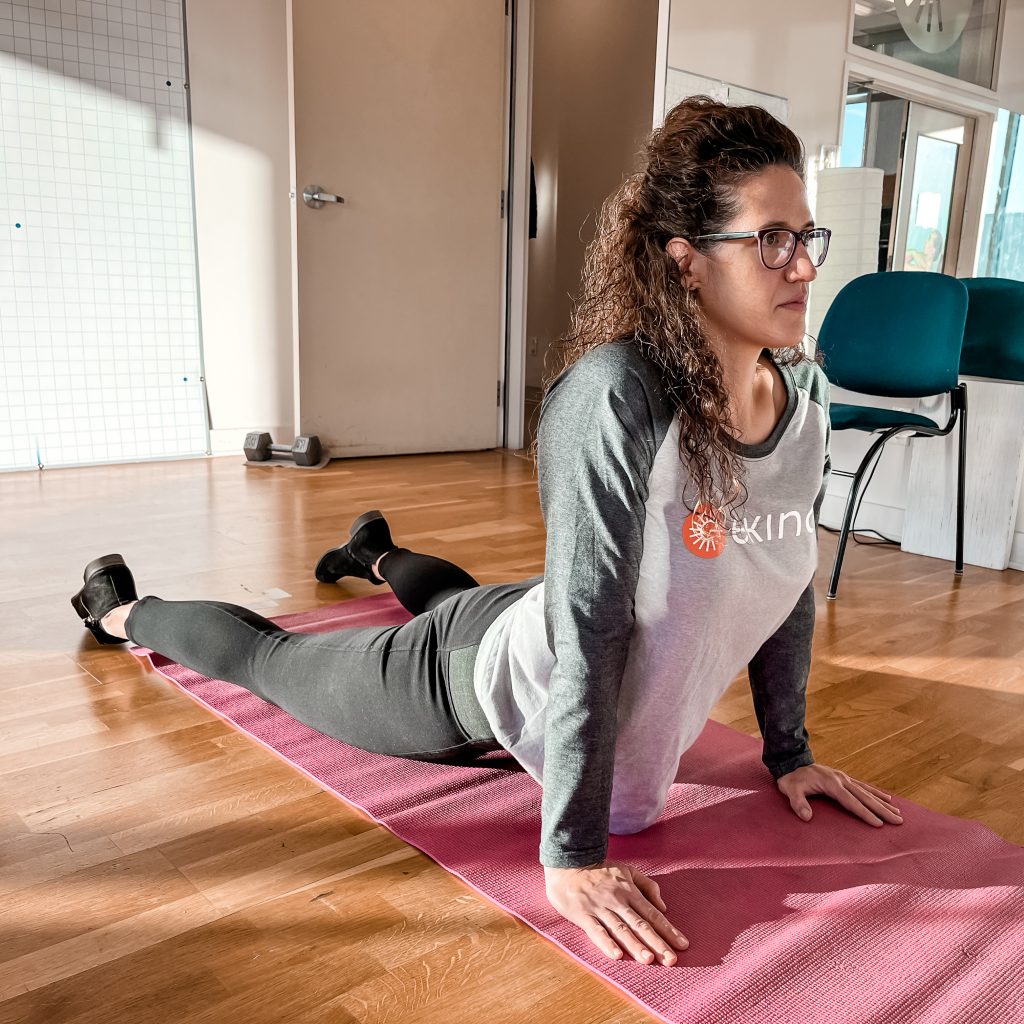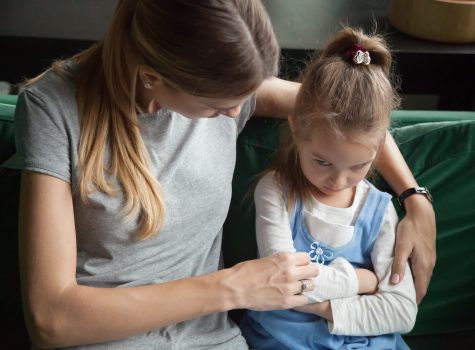
Have you ever bent down to pick something up off the floor and been unable to stand back up due to sharp low back pain? Did that pain cause you to lean off to one side, or start radiating down your leg? If so, you may have experienced the effects of a disc herniation.
Although the term ‘herniation’ sounds frightening, many disc issues can be very treatable through some simple exercise principles and physical therapy treatments.
The McKenzie Method
One common treatment technique for such issues is called ‘the McKenzie Method’. It is largely based on the concepts of directional preference, repeated movements and centralization. Frequently, disc herniation are the result of repetitive stress in forward bending and slouched postures, which cause micro tears in the disc leading it to shift and impinge on a spinal nerve root. The disc itself is not painful. The pain is the result of the compressed nerve.
Most often, bending, lifting, and prolonged sitting should be avoided in cases of disc protrusions. In such cases, arching backwards (directional preference) can be relieving. This can be achieved in standing by placing your hands on your lower back and arching backwards 10 times (repeated movements) or in prone lying (laying on your stomach) by placing your hands just under your shoulders (as if setting up for a push-up) and pressing yourself up while leaving your hips in contact with the floor. These exercises are typically repeated every hour throughout the day to promote quick resorption of the disc.


If pain was being felt down your leg, these repeated extension exercises should slowly change your diffuse leg pain into more localized back pain (centralization) until eventually it resolves completely.
Every individual and every case are different
It is always best and safest to consult a physiotherapist or healthcare practitioner prior to self-diagnosing your low back pain and deciding on the proper exercises to perform. Every individual and every case are different. Furthermore, once a disc herniation is resolved, it is recommended to start a guided core strengthening program to prevent the disc from slipping again. This program will likely include lower back, lower abdominal and gluteal strengthening exercises to ensure stability of the entire pelvic girdle.
At Ekinox, our physiotherapists can help properly understand your condition and treat your disc herniation, prescribing the safest exercises for each individual circumstance. If you find yourself in this situation, make an appointment with us online or by calling 450 455-0111.




